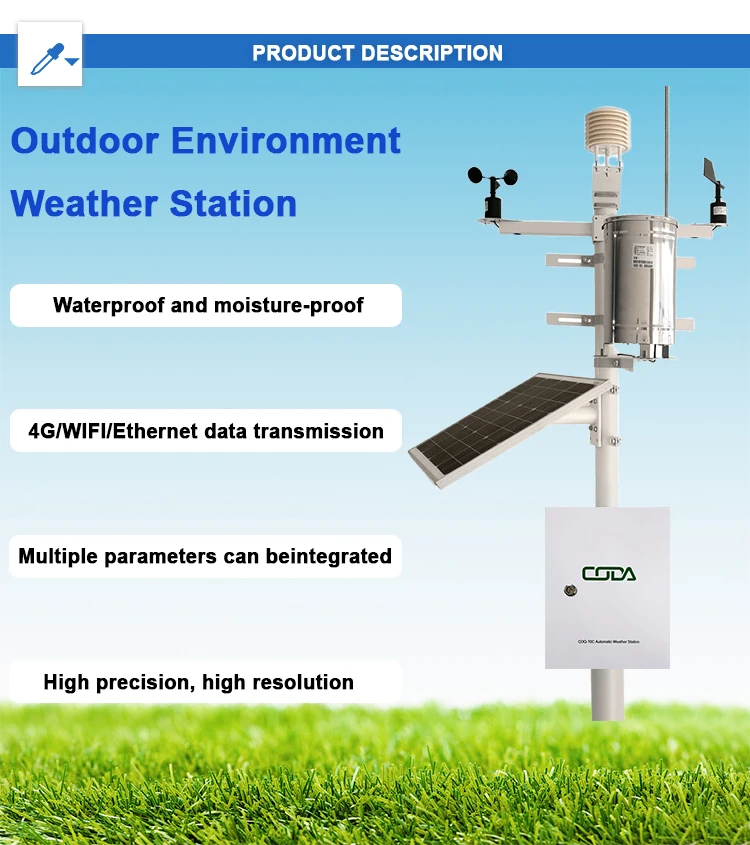Automatic Weather Station: Definition and Functionality
April 9, 2025 | News | No Comments

# Automatic Weather Station: Definition and Functionality
## What is an Automatic Weather Station?
An Automatic Weather Station (AWS) is a system designed to collect meteorological data without human intervention. These stations are equipped with various sensors that measure atmospheric conditions such as temperature, humidity, wind speed and direction, rainfall, barometric pressure, and solar radiation.
AWS systems have become increasingly important in modern meteorology, agriculture, aviation, and environmental monitoring due to their ability to provide continuous, real-time data from remote locations.
## Key Components of an Automatic Weather Station
A typical automatic weather station consists of several essential components:
- Sensors: Devices that measure specific weather parameters
- Data logger: Records and stores measurements
- Power supply: Usually solar panels with battery backup
- Communication system: Transmits data to central servers (via radio, cellular, or satellite)
- Mounting structure: Supports the equipment at appropriate heights
## How Automatic Weather Stations Work
Data Collection Process
The operation of an AWS follows a systematic process:
- Sensors continuously monitor environmental conditions
- Measurements are converted to digital signals
- Data is processed and stored by the logger
- Information is transmitted at regular intervals
- Data undergoes quality control at receiving stations
Measurement Capabilities
Modern AWS can measure numerous parameters with high precision:
| Parameter | Typical Accuracy |
|---|---|
| Temperature | ±0.2°C |
| Relative Humidity | ±2% |
| Wind Speed | ±0.3 m/s or 1% |
| Rainfall | ±1% to ±5% |
## Applications of Automatic Weather Stations
Automatic weather stations serve numerous critical functions across various sectors:
Meteorology and Climate Research
AWS networks provide essential data for weather forecasting models and climate change studies, offering long-term datasets for analysis.
Agriculture
Farmers use AWS data for irrigation scheduling, frost warnings, and optimal planting times, significantly improving crop management.
Aviation
Airports rely on AWS for real-time weather information critical for flight safety and operations.
Disaster Management
Early warning systems for severe weather events like hurricanes or floods depend on AWS networks for timely alerts.
## Advantages of Automatic Weather Stations
The implementation of AWS offers several benefits over traditional manual observations:
- Continuous monitoring: 24/7 data collection without gaps
- Remote operation: Can be installed in inaccessible locations
- High temporal resolution: Measurements as frequent as every minute
- Reduced human error: Automated systems minimize observational mistakes
- Cost-effective: Lower operational costs compared to manned stations
## Future Developments in AWS Technology
The field of automatic weather monitoring continues to evolve with technological advancements:
- Integration with IoT (Internet of Things) platforms
- Development of more compact and energy-efficient sensors
- Improved
Keyword: what is automatic weather station